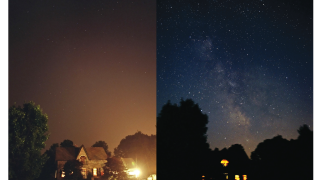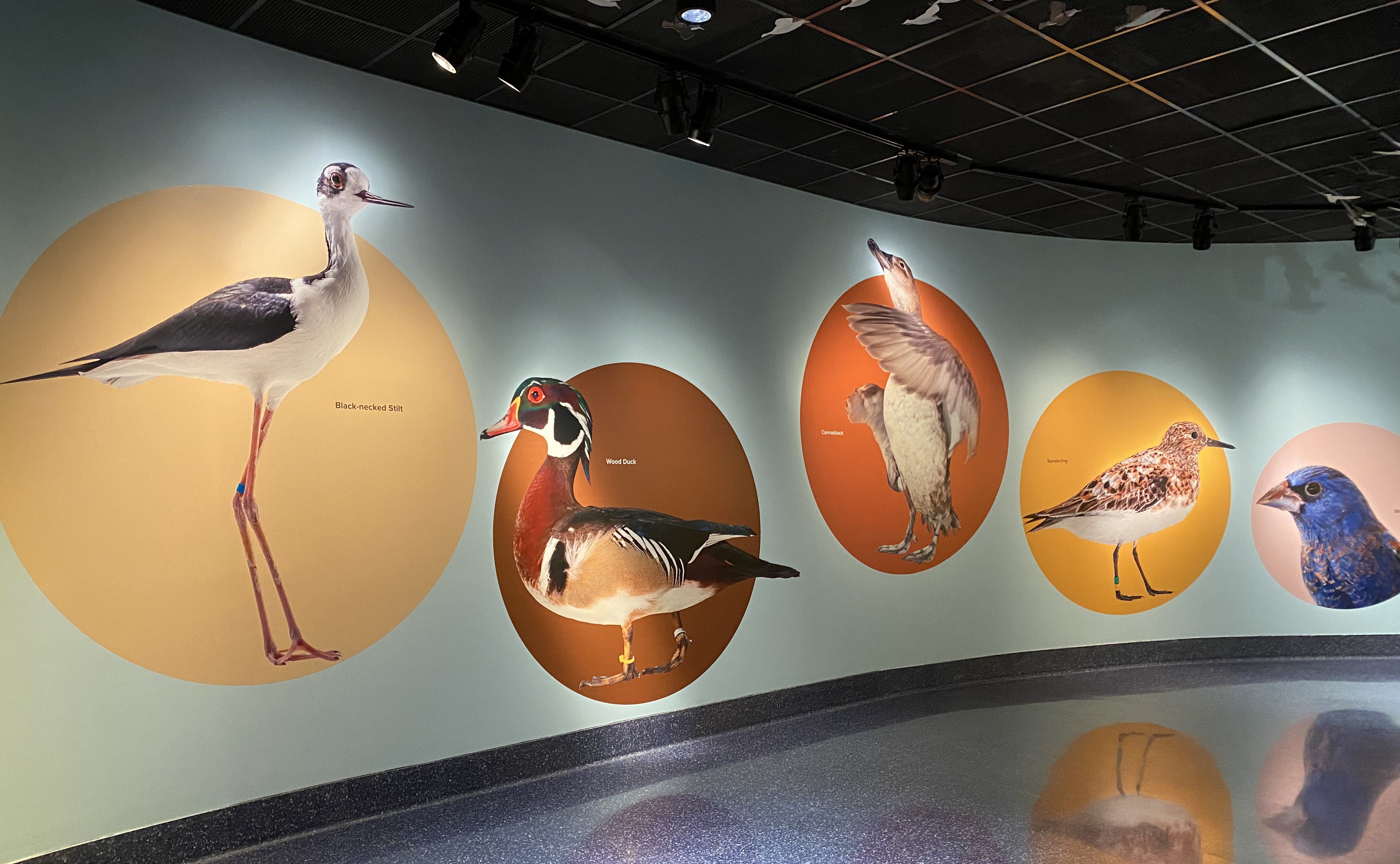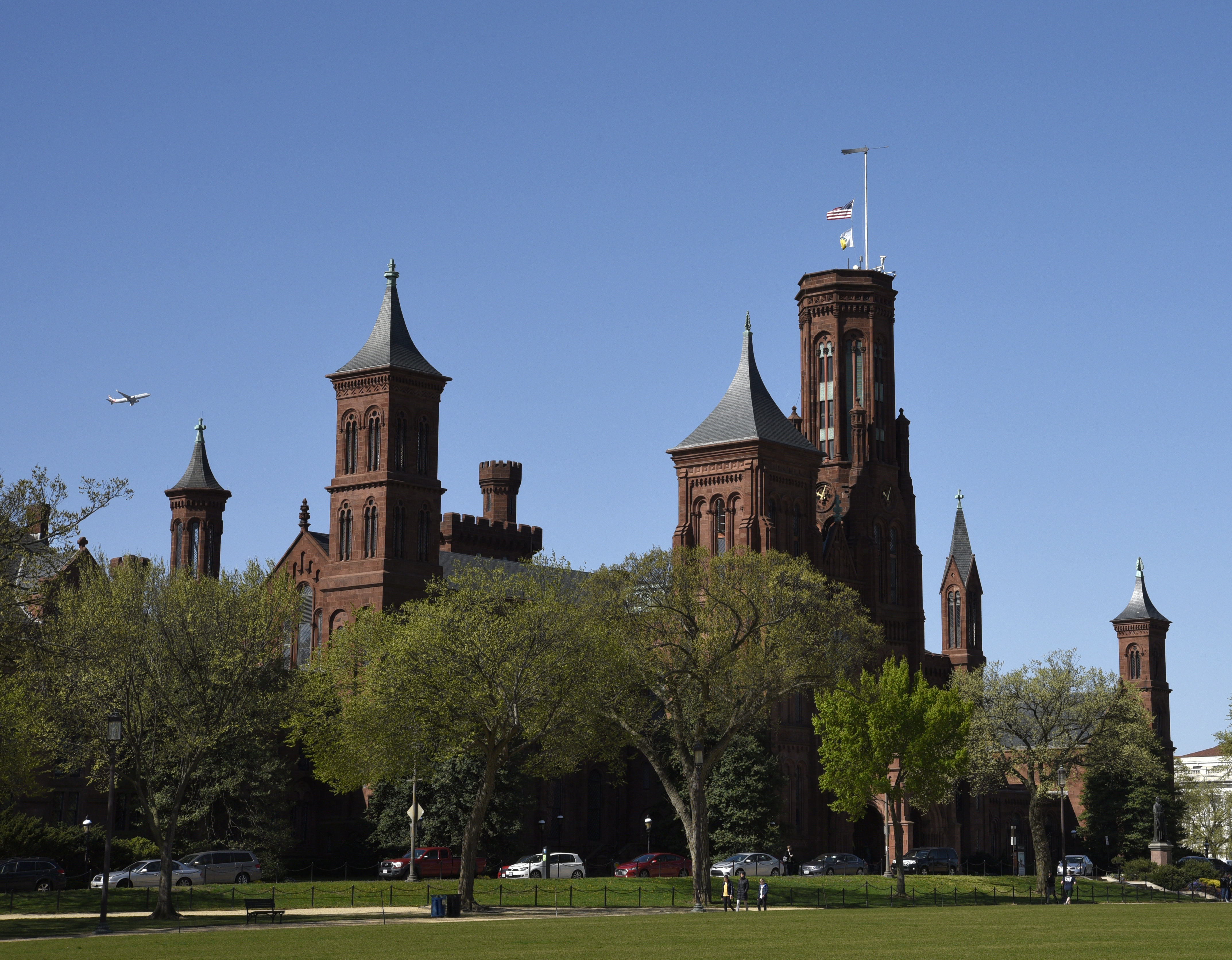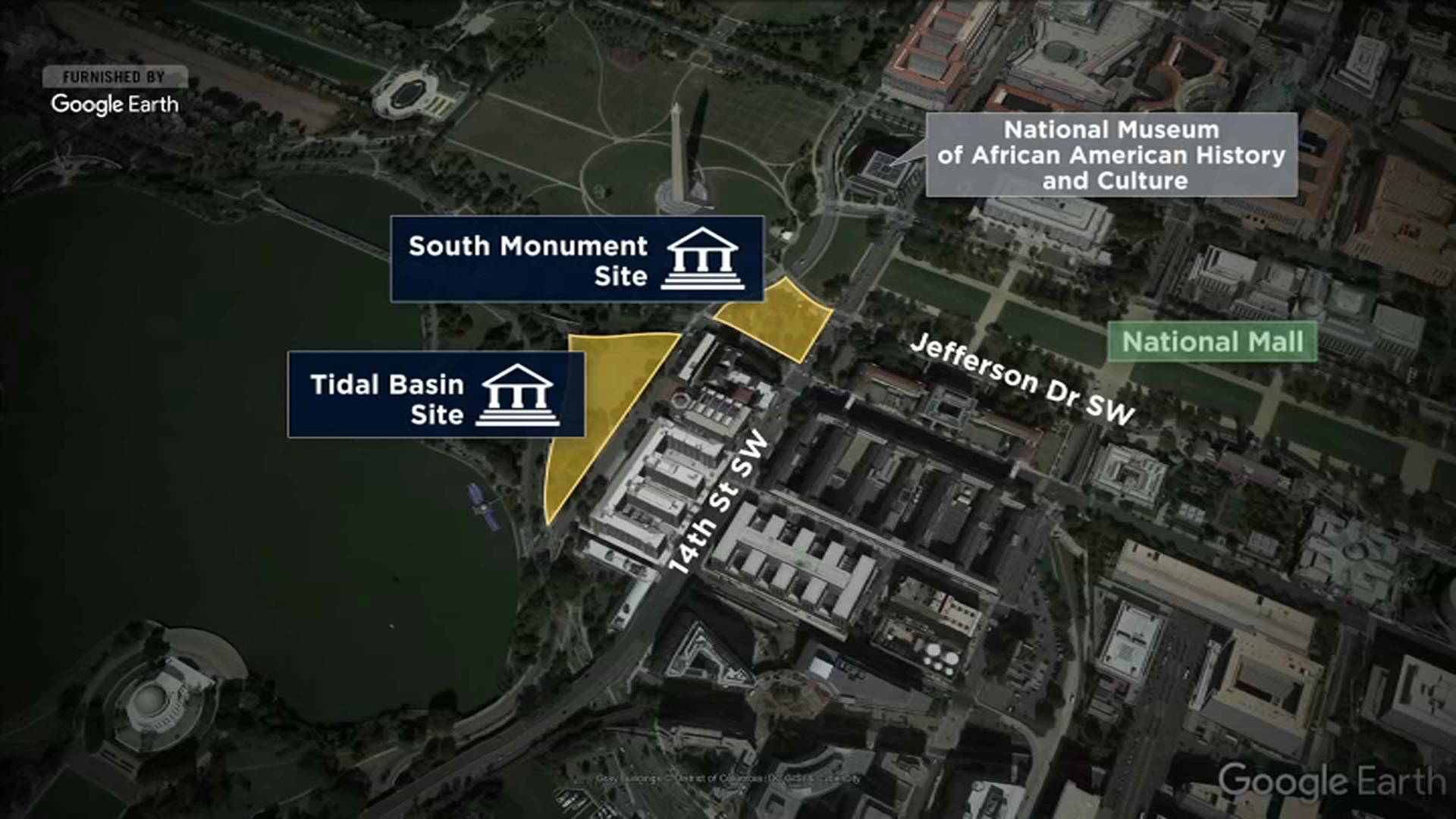
What would it be like if we couldn't see the stars?
The Smithsonian National Museum of Natural History is opening a new exhibition, “Lights Out: Recovering Our Night Sky,” that focuses on how the night sky's disappearance is affecting Earth's ecosystems and humanity.
The new 4,340-square-foot exhibit will open March 23 and will run through December 2025.
Nearly 80% of North America's population cannot see the Milky Way galaxy in the night sky because of light pollution. Additionally, more than 80% of the global population lives under some degree of light-polluted skies, according to a news release from the Smithsonian.
We're making it easier for you to find stories that matter with our new newsletter — The 4Front. Sign up here and get news that is important for you to your inbox.
Visitors will learn about the history of lighting, the effects of artificial lighting and lighting principles that can be used to reduce light pollution to conserve starry nights in their region.
"'Lights Out' will give visitors the opportunity to learn what is at stake as the stars and cosmos fade from our view at night,” said Kirk Johnson, the Sant Director of the National Museum of Natural History. “And we’ll also offer them the tools and resources they need to help rebuild and preserve the night sky in their own communities.”
The exhibit will include a variety of night sky photographs, objects from the museum's collection and many interactive displays. Accommodations are available for blind and low-vision, experimental and multisensory learning, and audio-oriented visitors.
“We hope that visitors will see how growing, pervasive light pollution is limiting our ability to observe the universe around us,” said guest exhibition co-curator Kim Arcand, the Chandra visualization scientist and emerging technology lead with the Center for Astrophysics, Harvard & Smithsonian.
"We want people to want to take action to preserve natural dark skies," Arcand said.
“Since the dawn of humanity, we have been able to look up at the night sky and reflect on the wonder and mysteries of the world, a powerful experience that many diverse cultures have celebrated and held sacred,” said Stephen Loring, co-curator of the exhibition and archaeologist with the museum’s Arctic Studies Center.
“Our exhibition will ask visitors to stop and consider what a disappearing night sky means to them and what they can do to help restore it for themselves and others," Loring said.
Correction (March 17, 2023): The credit on the photo included in this story has been updated.




